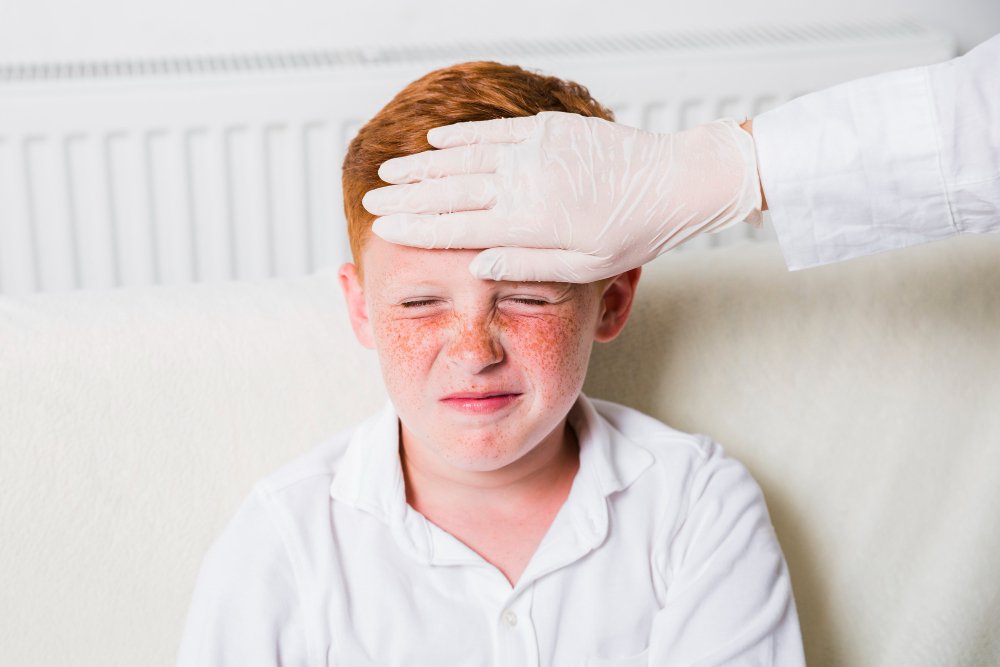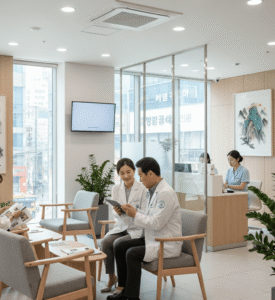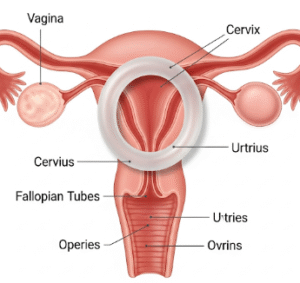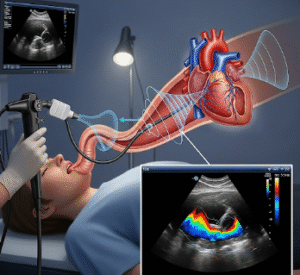Overview
Juvenile Dermatomyositis (JDM) is a rare autoimmune disease that causes inflammation of the muscles and skin in children, leading to muscle weakness and characteristic skin rashes. In South Korea, early diagnosis and management are crucial to prevent long-term disability. Major pediatric and rheumatology centers, such as Seoul National University Hospital, Samsung Medical Center, and Asan Medical Center, offer specialized care, including immunosuppressive therapies and rehabilitation programs.
What is Juvenile Dermatomyositis?
JDM is an autoimmune inflammatory disorder affecting the skeletal muscles and skin of children, typically under the age of 18. It is characterized by proximal muscle weakness and distinctive rashes, including a heliotrope rash around the eyes and Gottron’s papules over joints. The condition can affect multiple organ systems, including the lungs and gastrointestinal tract, making multidisciplinary care essential.
Symptoms
- Symmetrical muscle weakness, especially in hips, shoulders, and neck
- Rash on eyelids (heliotrope) and knuckles (Gottron’s papules)
- Fatigue and difficulty performing daily activities
- Fever and malaise in some cases
- Calcinosis (calcium deposits in muscles or skin)
- Difficulty swallowing or breathing if muscles involved
- Joint pain and stiffness
Causes
- Autoimmune reaction: The immune system attacks muscle and skin tissue.
- Genetic predisposition: Certain HLA types may increase susceptibility.
- Environmental triggers: Infections or UV exposure may trigger disease onset.
Risk Factors
- Age under 18 years (peak onset 5–10 years)
- Female sex (slightly higher prevalence)
- Family history of autoimmune disorders
- Genetic susceptibility (specific HLA alleles)
Complications
- Muscle atrophy and weakness leading to disability
- Calcinosis causing pain and reduced mobility
- Interstitial lung disease in severe cases
- Gastrointestinal involvement such as vasculitis or ulceration
- Delayed growth or short stature due to chronic illness
- Increased susceptibility to infections due to immunosuppressive therapy
Prevention
- No guaranteed prevention due to autoimmune nature
- Early diagnosis and prompt treatment can prevent complications
- Protecting skin from sun exposure
- Regular follow-up and monitoring of disease activity
- Education for families on symptom recognition and management
Treatment Options in Korea
South Korea provides comprehensive treatment for JDM through pediatric rheumatology and multidisciplinary teams:
- Diagnosis:
- Blood tests for muscle enzymes (CK, aldolase)
- Autoantibody panels
- MRI of muscles to assess inflammation
- Muscle biopsy if necessary
- Electromyography (EMG) in select cases
- Medical Management:
- Corticosteroids to reduce inflammation
- Immunosuppressive drugs such as methotrexate or azathioprine
- Biologic therapies for refractory cases
- Supportive care including pain management and monitoring for side effects
- Physical Therapy and Rehabilitation:
- Customized programs to maintain muscle strength and joint mobility
- Occupational therapy to assist with daily activities
- Specialized Care in Korean Hospitals:
- Seoul National University Hospital: Pediatric rheumatology and rehabilitation programs
- Samsung Medical Center: Multidisciplinary approach including pulmonology and dermatology
- Asan Medical Center: Advanced immunosuppressive therapies and monitoring for complications
- Follow-Up Care:
- Regular blood tests and imaging to monitor disease activity
- Long-term rehabilitation and support for growth and mobility
- Education on sun protection, infection prevention, and medication adherence













